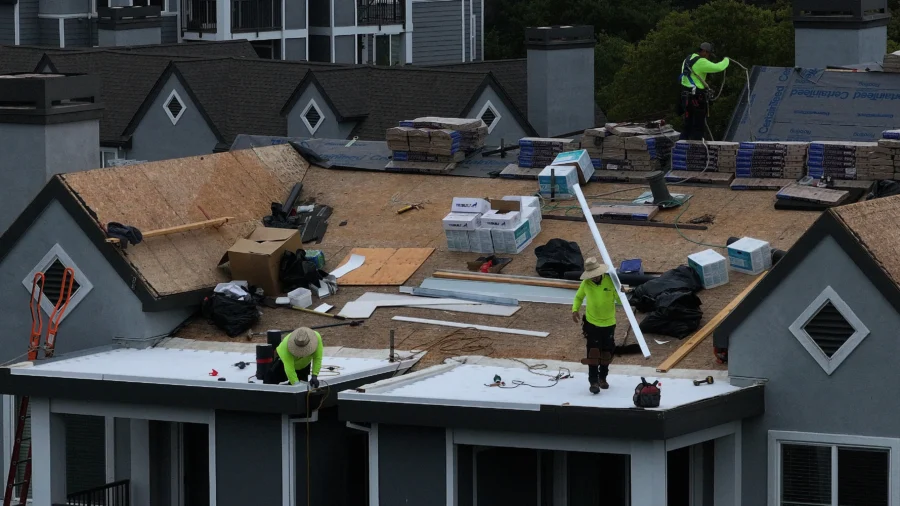A new report from Bankrate revealed that 19 percent of homeowners said they have incurred debt to pay for unexpected costs related to home ownership, such as repairs and maintenance.
Younger homeowners are more likely to have taken on debt to cover these costs, including 26 percent of millennials (ages 28 to 40) and 31 percent of Gen Z (up to age 28).
Additionally, 31 percent of parents with children under age 18 who own homes said they have incurred house-related debt.
Bankrate Senior Economic Analyst Mark Hamrick said of the report, “There’s no question whether these hidden costs of homeownership, involving plumbing calls, appliance replacement or repair, or getting a new roof or HVAC, will occur. The key questions involve timing and costs. Planning for the expenses, including through dedicated savings, can help affirm the positive experience of what many consider the American dream, which is homeownership.”
Home repairs and maintenance are part of the reason rent is generally more expensive than a mortgage; repair and maintenance costs are baked into the rent payment in most instances. But many homeowners don’t factor in these costs when they buy a home and fail to prepare for the inevitable.
Only 24 percent of homeowners reported saving money specifically for home repairs and maintenance, leaving most unprepared when the unexpected happens.
“The hidden costs of homeownership serve as another in a long string of arguments in favor of prioritizing savings,” Hamrick cautioned. “Emergency savings accounts and rainy-day funds provide self-insurance against the inevitable expenses that are simply just part of life, including for homeowners. By avoiding the elevated cost of borrowing, homeowners can hold onto more of their money, which is almost always a good thing.”
An emergency fund was a lifesaver for Kendall Cook of Liberty City, Texas, when her air conditioning system needed replacing. “I was definitely glad I had an emergency fund so I didn’t have to take on debt,” she told NTD News via Facebook messenger “Afterward, I could take my time to rebuild my emergency fund.”
Of the homeowners who did take on debt for home costs, 60 percent said they used credit cards, 33 percent got personal loans, and 25 percent used second mortgages or home equity loans.
Many major home repairs, such as HVAC systems or roof replacements, offer zero percent financing for one to two years, but it’s important to be careful when taking advantage of these offers.
If borrowers fail to pay off the balance before the end of the interest-free period, they typically are charged interest on the entire amount, and rates can be markedly higher than other types of loans.
Home equity loans are another way to finance home repairs without paying high interest, but these types of loans only offer lower interest rates because the home is the collateral for the loan. If homeowners default on the loan, they risk losing the house to foreclosure.
Dennis Van Hartesvelt shared with NTD News through Facebook messenger that he used a home equity loan to replace an HVAC unit and was able to roll that amount into a later mortgage refinance, but today’s interest rates could make that option far less palatable than it would have been a few years ago.
Having an emergency fund in a high-yield savings account can make savings work for homeowners until they need it for that inevitable expense.
Another option for handling home repairs is to get a home warranty that will ostensibly cover any major repairs needed. While theoretically, home warranties will pay for the replacement of most of the things that can go wrong with a house, like HVAC, roof replacement, or a water heater, Money.com advises homeowners that fees of over $100 can apply for each repair and that some home warranty companies try to find reasons to deny claims, such as homeowner negligence.
Home warranties will not cover renovations, either, so homeowners will still be on the hook for replacing worn-out carpeting or flooring, kitchen cabinets and countertops, and other such renovations that need to be done over time to retain the home’s value.

